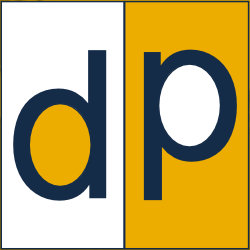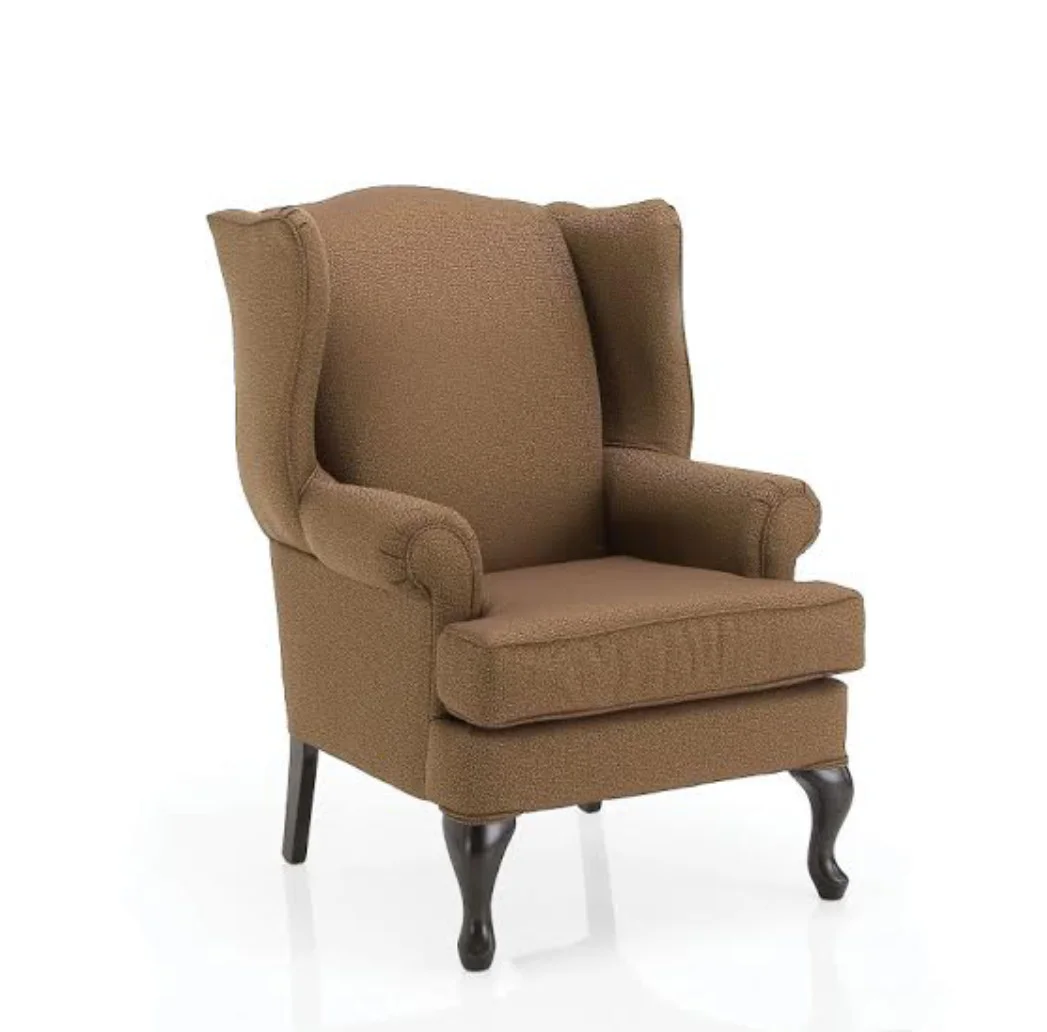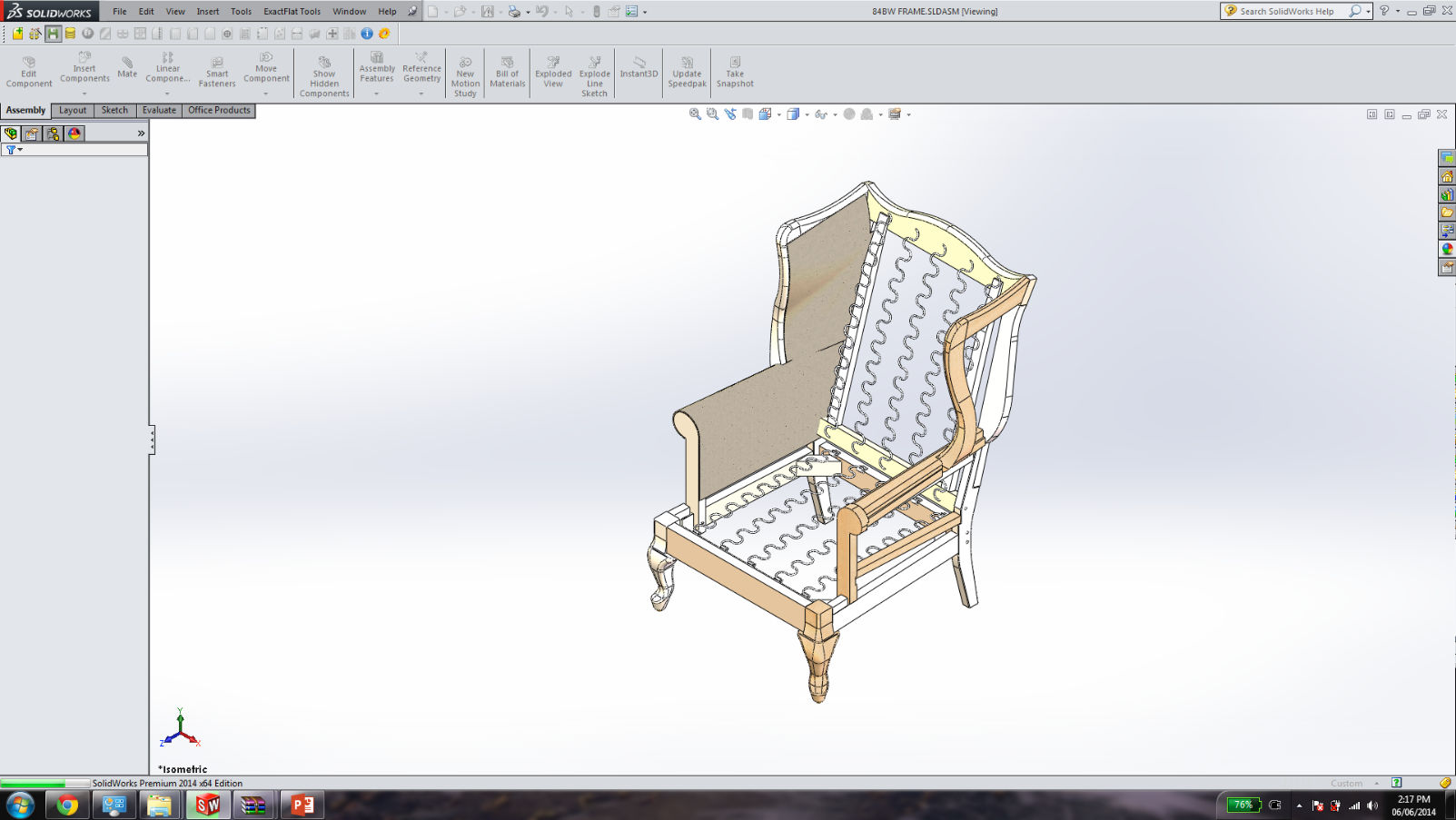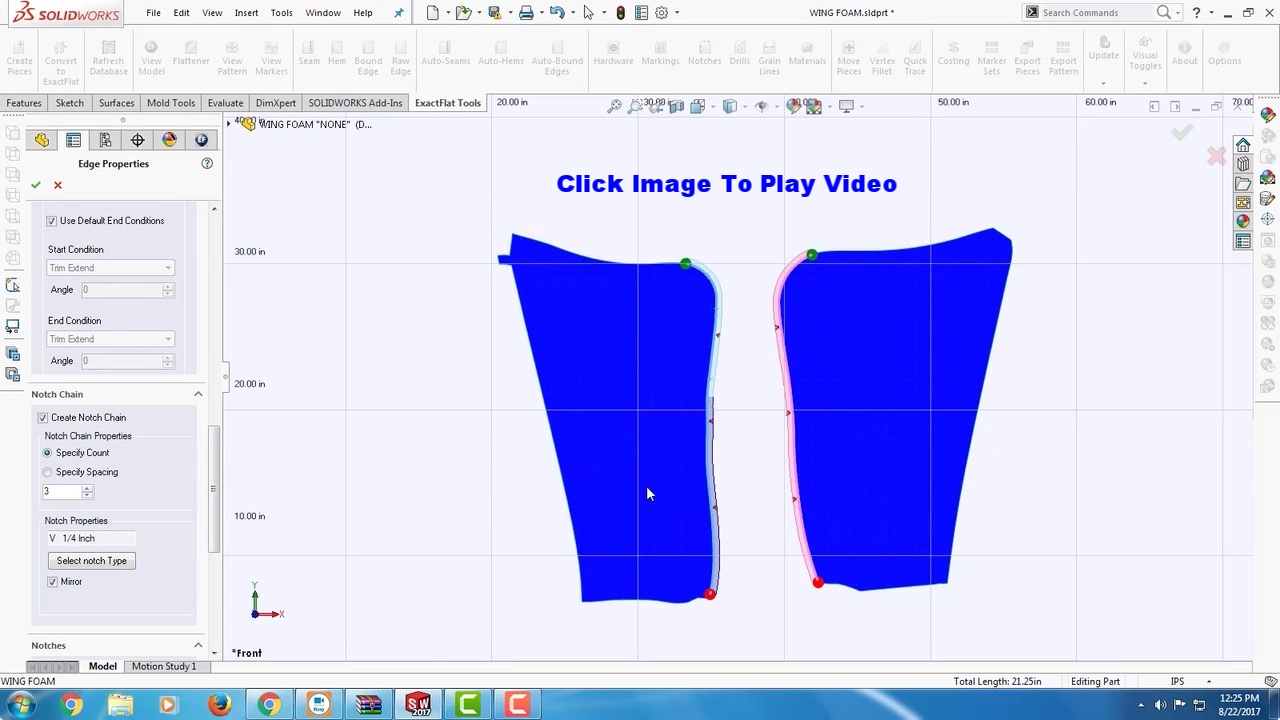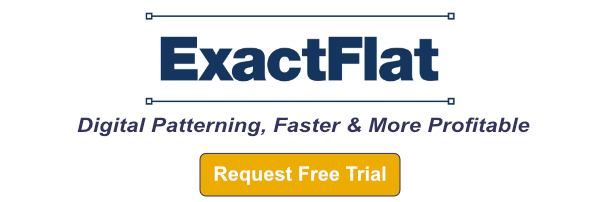SolidWorks Digital Design & Digital Patterning. An Example of A Wing Back Chair.
Digital patterning completes the entire workflow from digital product design to computer aided automated manufacturing.
- The amazing digital revolution continues to help make better products.
- Digital patterning extends these advancements to soft goods producers.
- The SolidWorks 3D design ecosystem is a natural fit for digital patterning.
What’s the problem anyway.
Manual processes are considered out of place in the modern digital workflow:
- Pattern engineering process are best when closely integrated into the product design ecosystem.
- Legacy manual patterning does not efficiently integrate into modern digital product design.
- Digital patterning takes digital inputs and creates digital outputs to integrate perfectly within the digital design and manufacturing process.
The Big Advantage of SolidWorks 3D:
SolidWorks is a very popular, full featured, highly capable 3D CAD software program for engineering and design. Traditionally SolidWorks has excelled at mechanical design for modelling solids, however with digital patterning software fully integrated into SolidWorks such as ExactFlat, for example, pattern makers can take full advantage of the opportunities that come from a completely digital workflow.
One of the reasons digital patterning is going mainstream is that digital design is already established as a must have option. We take a look at using SolidWorks for digital patterning in the design of a piece of furniture - a wing back chair. The final product is shown below:
Creating Design Concepts
Product design processes start in a variety of ways. In our example, it starts with a pencil sketch. You will see that this particular design evolves as the process moves forward. Notice that the seat cushion changes, as does the the seat back. This highlights one of the strengths of digital design and SolidWorks. Design changes and edits are fast and easy.
Engineering the Solid Parts
SolidWorks is well established and well know for strong solid modelling capabilities. In this example the frame and springs are modelled first. Then the cardboard section on shown in the left of the image shown below is modelled.
Engineering the Soft Parts (Foam and Fabric)
The section of the "wing" of the wing back chair is then modelled. This particular part has a wooden frame a light cardboard or wood planar surface and on top of that the foam is modelled followed by another layer, the fabric layer, on top of the foam.
While our example is for traditional furniture, the same process would apply for marine seating, automotive and other transportation seating such as aircraft, buses, and trains. The progression is shown below.
Final Rendered Designs
The final design is show below in rendered view. This can be used for design reviews, presentation to customers, or for further engineering work such as simulations for durability and wear testing. A bill of materials can be put together and different design variations can be contrasted. Digital design is not a nice to have. It is essential for a modern competitive business.
Until recently, this would have been end of the road, at least for the soft fabric components for products such as this. However, with the advent of digital patterning, all the work that has been done up to this point can be leveraged to finish the design specifications and details for production of the fabric parts.
Digital Patterning
At this point in our process, the digital designs developed in SolidWorks 3D can be used to create:
- 3D pattern pieces with a piece creator
- Flat patterns with 3D to 2D pattern flattening
- Pattern features, such as seam allowances, notches, piece tags, grain lines, material specifications, buttons, zippers, drill holes etc.
- Nest files
- Cost estimates
- Assembly drawings, and
- DXF cut files for use with automated cutters.
Shown below are two images. The first shows the flat patterns and grain line for the T cushion, the second shows the related drawing and assembly information for this part. This part of the workflow utilizes ExactFlat for SolidWorks, an add-in for digital patterning.
Raw Video of 3D to 2D Flattening the Wing
(click image to play)
A Linked Digital Workflow Saves Time So You Can Create Better Products
It bears repeating the reasons why digital patterning is going mainstream as part of the over all digital design ecosystem:
- It has fewer steps
- The steps are faster
- They are linked together so upstream digital design work can be full leveraged to save time
- Making changes is faster, easier, and more reliable.
All of this means, you can reliably increase your profit on every single part made.
Recommendations and Last Word
If your company creates products that incorporate soft flexible materials such as composites, industrial fabrics, or non woven technical textiles it is time to join your peers and go digital with 3D digital design, and digital patterning capabilities.
1. Call you local CAD Reseller and tell them you want to improve your pattern making processes by adding digital patterning.
2. Get a free trail of digital patterning software by clicking the image below:
